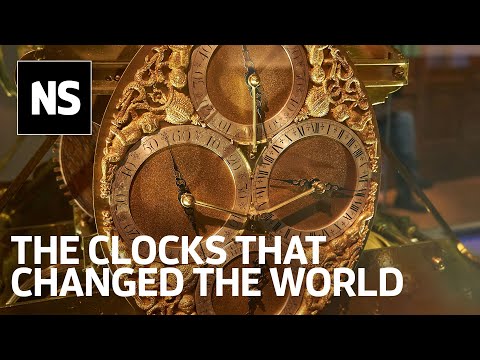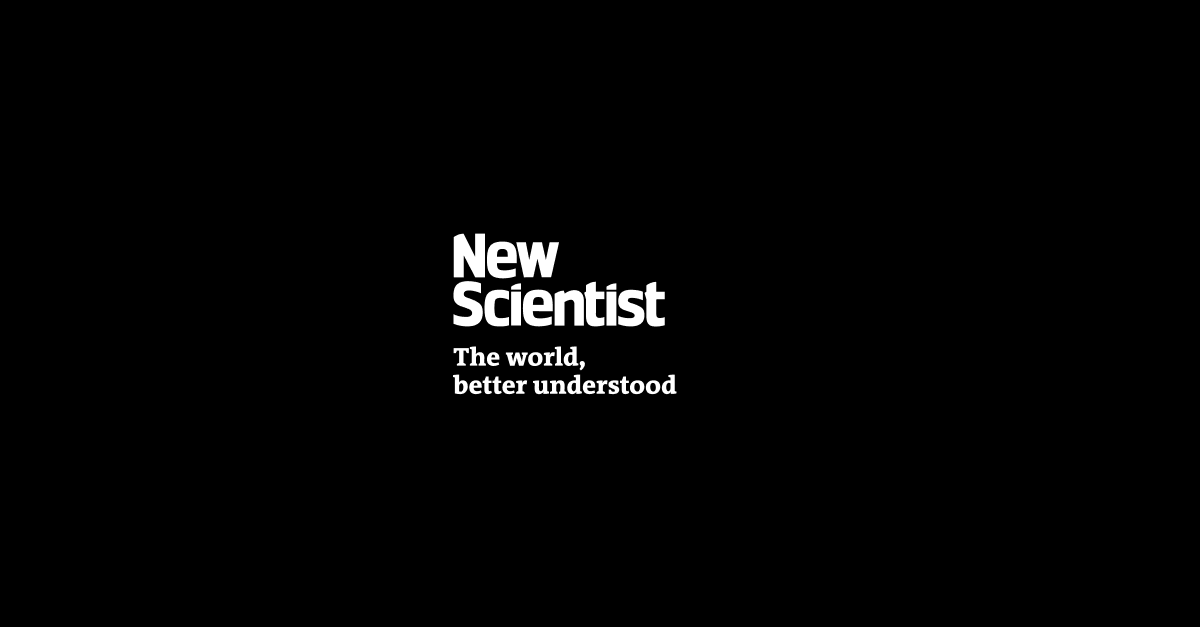From sundials to atomic clocks, our understanding of time has become a lot more accurate as technological developments allowed us to measure it more precisely.
Much more than helping us arrive on time, clocks permit us to discern our location. Longitude, for example, is determined by measuring the difference in time from a set position, knowledge that accelerated early clock development in the 1700s. The Royal Observatory, Greenwich, in London, was at the forefront of this technological rush. It was here that Greenwich Mean Time was developed – an average measure of solar time by astronomers to improve accuracy. And English carpenter and clockmaker John Harrison was instrumental in developing the first marine chronometers, which advanced navigation technology and accelerated ocean exploration. Britain subsequently became the de facto home of the Prime Meridian – a north-south line on the globe that acts as the zero point from which longitude is measured.
While Britain was far from the only nation helping to define time, it played a significant role in its history. Louise Devoy, senior curator at the Royal Observatory, takes us on a whistle-stop tour of the most significant clocks in its collection.
Topics:

